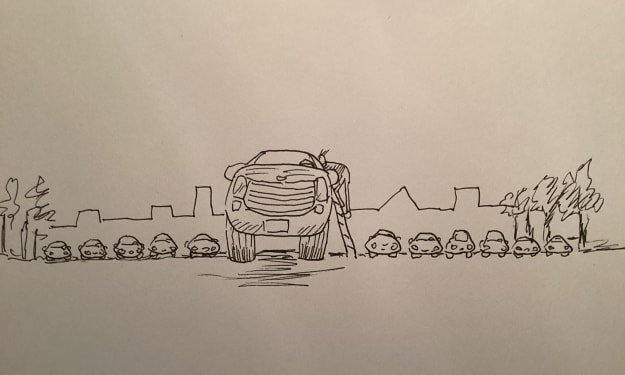### Copper: A Versatile Metal with a Rich History and Modern Applications
Copper, symbolized by Cu on the periodic table, is a metal renowned for its conductivity, malleability, and corrosion resistance. It has been an integral part of human civilization for millennia, playing crucial roles in various industries, from ancient times to the modern era. This comprehensive exploration delves into the history, properties, uses, extraction methods, environmental impact, and future prospects of copper.
#### **History and Origins**
Copper holds a distinguished place in the history of metallurgy, dating back to at least 10,000 years ago. The earliest known use of copper dates to around 9000 BCE in the Middle East, where it was fashioned into tools and ornaments. As civilizations advanced, so did the exploitation of copper, with ancient Egyptians, Greeks, and Romans harnessing its properties for coins, weaponry, and artwork.
The Bronze Age, around 3000 BCE, marked a significant turning point in human history catalyzed by copper. Alloying copper with tin produced bronze, a stronger material that revolutionized tools, weapons, and societal structures. This era, characterized by the widespread use of bronze, laid the foundation for the development of civilizations in Europe, Asia, and Africa.
#### **Physical and Chemical Properties**
Copper's distinct reddish-orange hue and metallic luster make it visually appealing, while its physical properties underscore its utility. It ranks high in electrical conductivity among metals, second only to silver, making it indispensable in electrical wiring, motors, and electronics. Additionally, copper boasts excellent thermal conductivity, making it ideal for heat exchangers and plumbing systems.
Chemically, copper is relatively inert, forming a protective oxide layer upon exposure to air and moisture that prevents further corrosion. This property, coupled with its malleability and ductility, facilitates its use in architectural applications, such as roofing, cladding, and decorative elements.
#### **Extraction and Refining**
Modern copper extraction primarily involves mining sulfide ores, such as chalcopyrite (CuFeS2), and oxide ores, including malachite (Cu2CO3(OH)2). Once mined, copper ores undergo a series of processes, including crushing, grinding, and flotation, to separate copper minerals from gangue minerals. The resulting concentrate undergoes smelting, where it is heated with carbon to separate the copper from sulfur and other impurities.
Refining further purifies the copper through processes like electrolysis or fire refining, producing high-purity copper suitable for various applications. The environmental impact of copper mining and refining is a topic of ongoing concern, with efforts focused on minimizing energy consumption, water usage, and waste generation.
#### **Industrial and Commercial Applications**
Copper's versatility extends across diverse sectors due to its unique properties. In electrical applications, it forms the backbone of power transmission and distribution networks worldwide, ensuring efficient energy transfer with minimal loss. The telecommunications industry relies on copper for data transmission, while consumer electronics use it in circuit boards and connectors.
Mechanical applications leverage copper's strength and corrosion resistance in piping, heat exchangers, and industrial machinery components. Its antimicrobial properties find application in healthcare settings, where copper alloys inhibit the growth of bacteria, fungi, and viruses on frequently touched surfaces.
#### **Environmental Impact and Sustainability**
Despite its benefits, copper extraction and processing pose environmental challenges. Mining activities can disturb ecosystems and release pollutants into air and water sources. Efforts to mitigate these impacts include improved waste management, water conservation measures, and adoption of cleaner production technologies.
Recycling plays a pivotal role in copper sustainability, with recycled copper retaining its properties without degradation. The recycling process consumes less energy and emits fewer greenhouse gases compared to primary production, making it an environmentally sound choice. Globally, a significant portion of copper demand is met through recycling, highlighting its role in a circular economy.
#### **Future Trends and Innovations**
The future of copper hinges on technological advancements and societal trends. Innovations in renewable energy, such as solar and wind power, rely heavily on copper for efficient electricity generation and transmission. Electric vehicles (EVs) and energy storage systems also drive demand for copper-intensive components like motors, batteries, and charging infrastructure.
Advancements in materials science continue to expand copper's capabilities, with ongoing research into nanotechnology enhancing its performance in electronics and catalysis. Sustainable mining practices and regulatory frameworks are expected to shape the industry's evolution, ensuring responsible resource management and environmental stewardship.
#### **Conclusion**
Copper's journey from ancient times to the present exemplifies its enduring significance in human civilization. Its blend of physical properties, historical importance, and modern applications underscores its irreplaceable role in industry, technology, and everyday life. As global demand grows and sustainability imperatives intensify, the future of copper promises to be both innovative and environmentally conscious, continuing its legacy as a metal that shapes the world.
In essence, copper's story is one of adaptation, resilience, and evolution—a testament to its timeless value and ongoing relevance in an ever-changing world.
About the Creator
Enjoyed the story? Support the Creator.
Subscribe for free to receive all their stories in your feed. You could also pledge your support or give them a one-off tip, letting them know you appreciate their work.






Comments
There are no comments for this story
Be the first to respond and start the conversation.